Macroeconomics Report on Business Cycle and Monetary Policy Analysis
VerifiedAdded on 2022/09/17
|5
|364
|19
Report
AI Summary
This report provides an overview of key macroeconomic concepts, focusing on the business cycle and monetary policy. It begins by defining and illustrating the different phases of the business cycle, including expansion, peak, contraction, and trough, and uses a diagram to demonstrate these phases. The report then explains monetary policy, distinguishing between expansionary and contractionary monetary policies. It illustrates how expansionary monetary policy, through lowering interest rates or increasing money supply, can boost aggregate demand and combat depression. Conversely, it describes how contractionary monetary policy, by raising interest rates or reducing money supply, can help control inflation. The report also includes diagrams to visualize the impact of both expansionary and contractionary monetary policies. The report serves as an educational resource, summarizing complex economic principles in a clear and concise manner.
1 out of 5
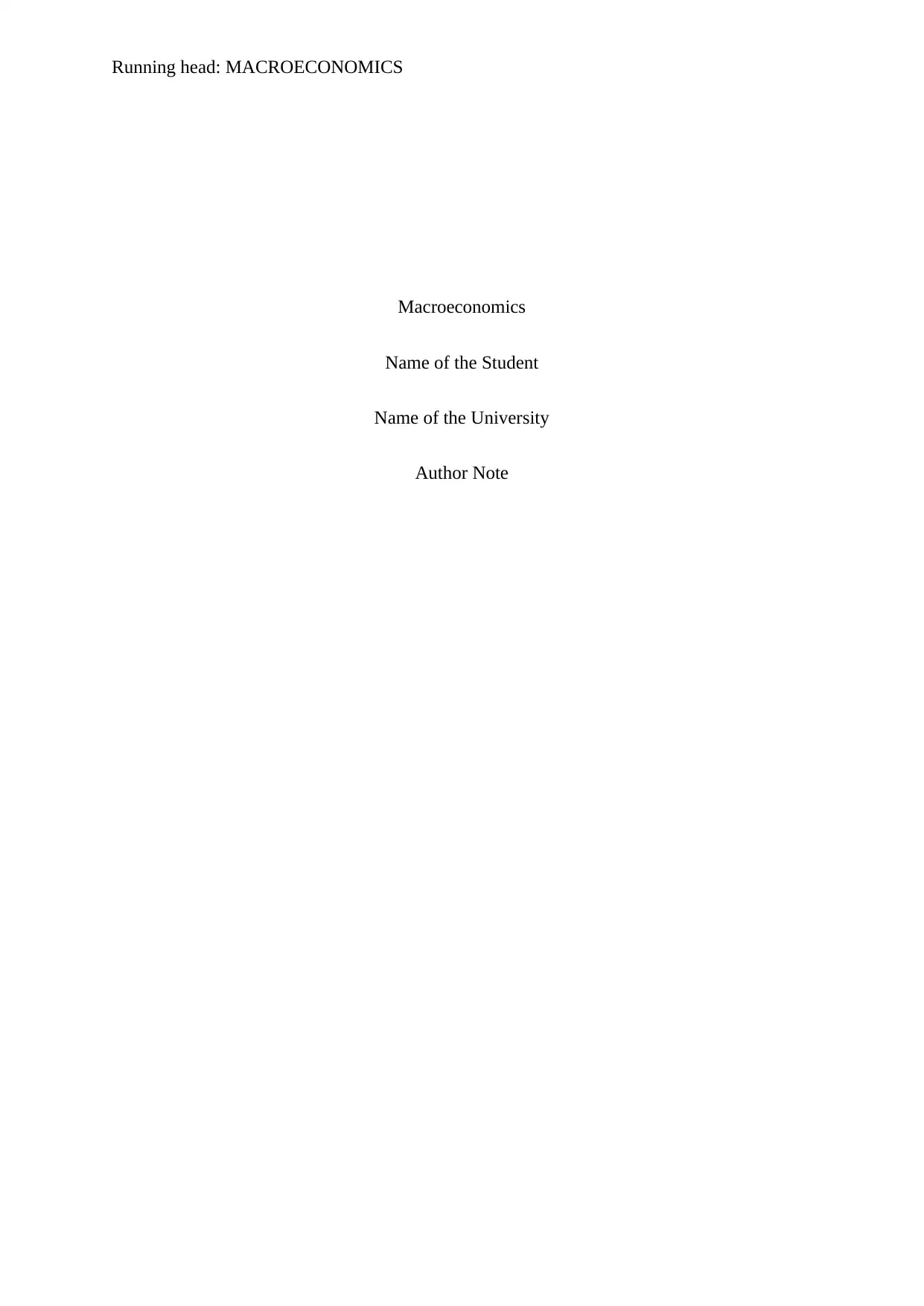
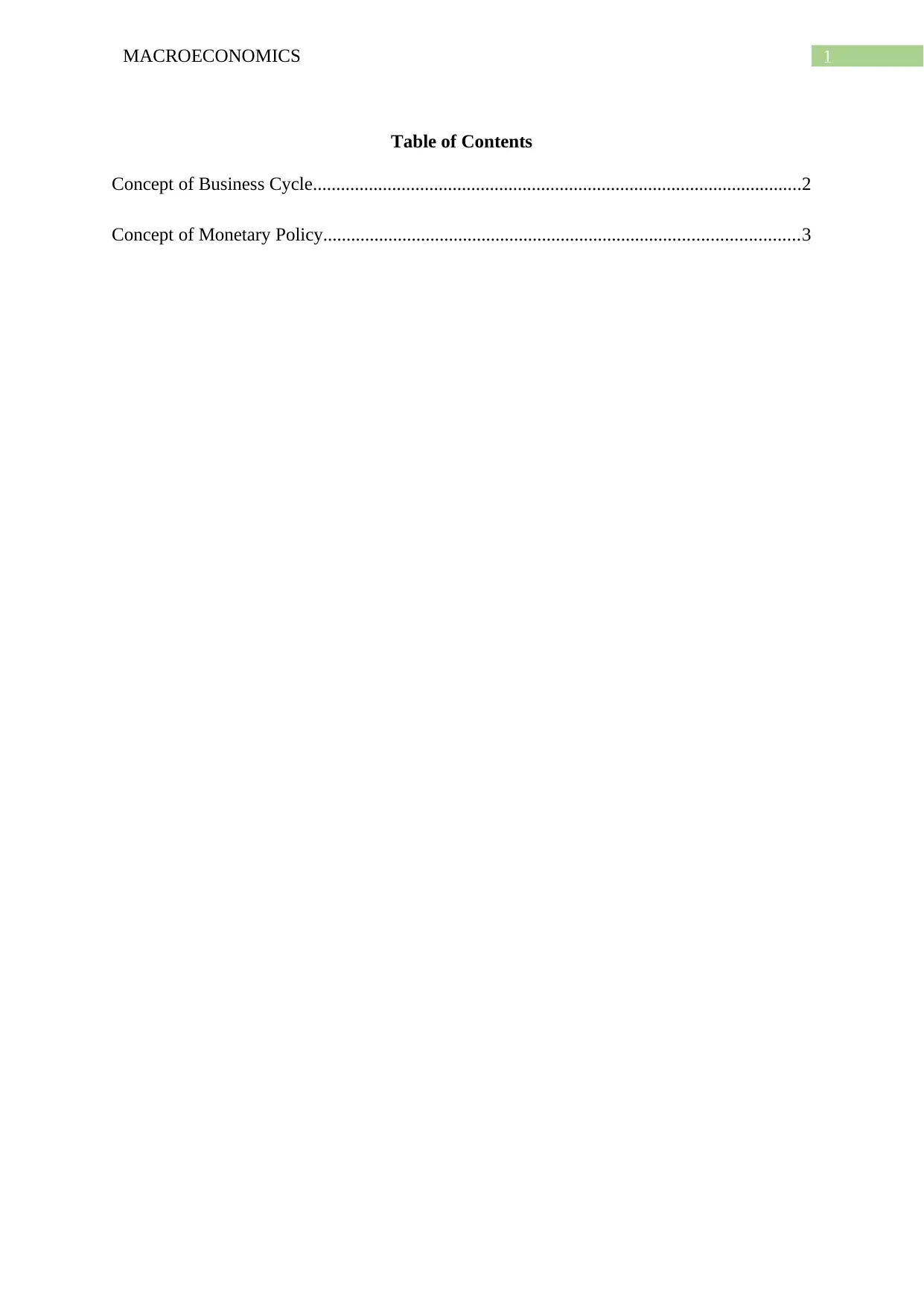
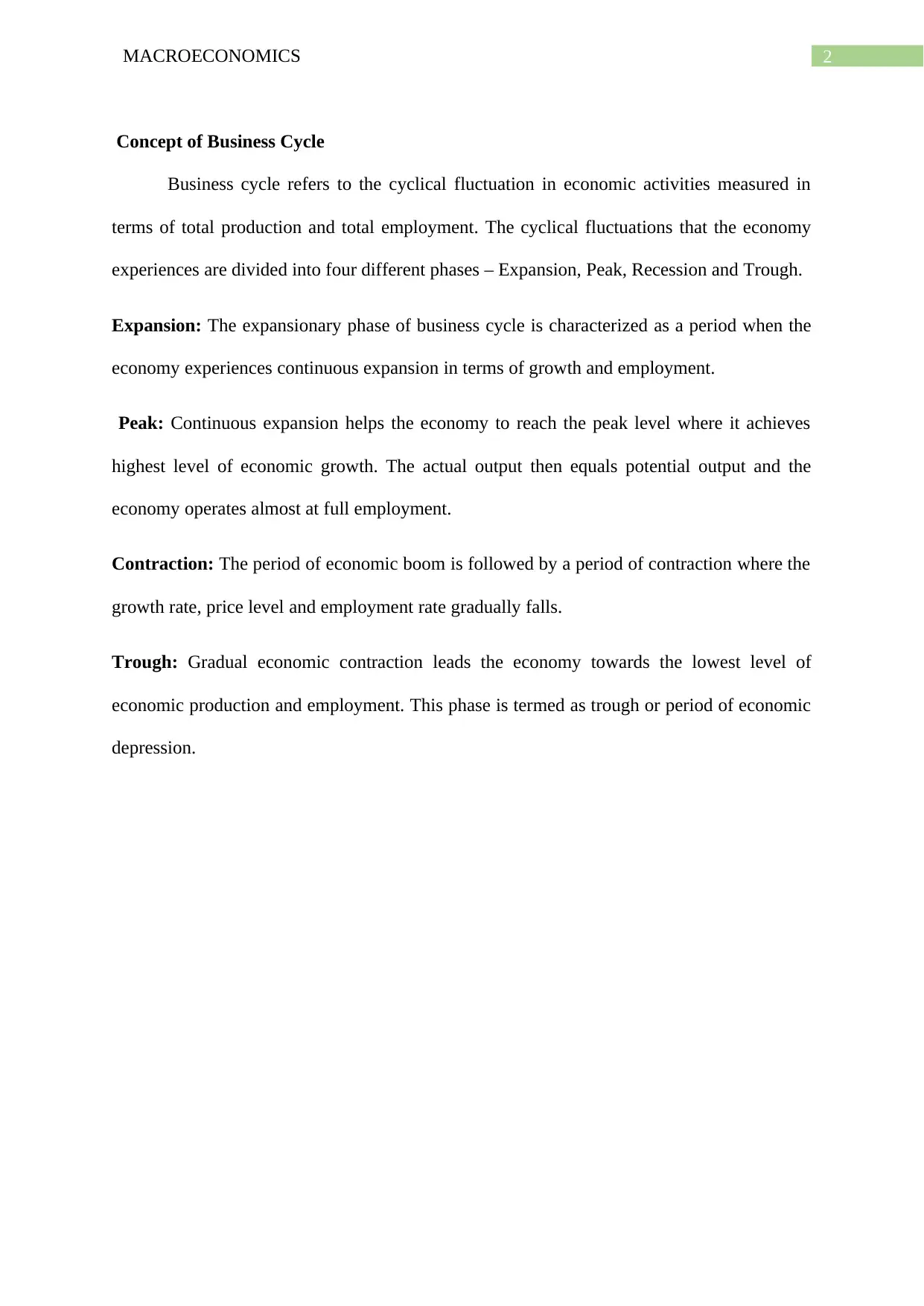

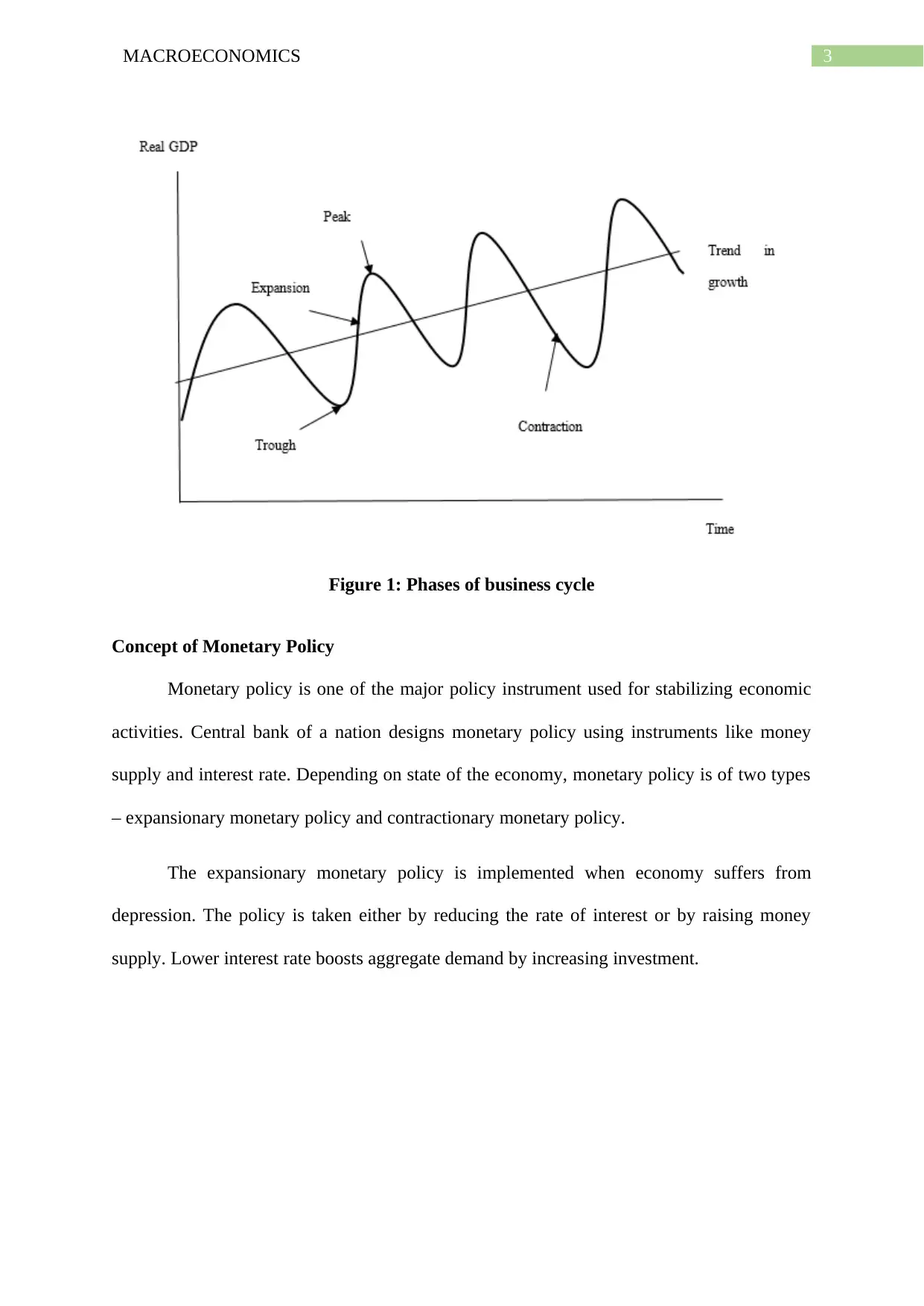
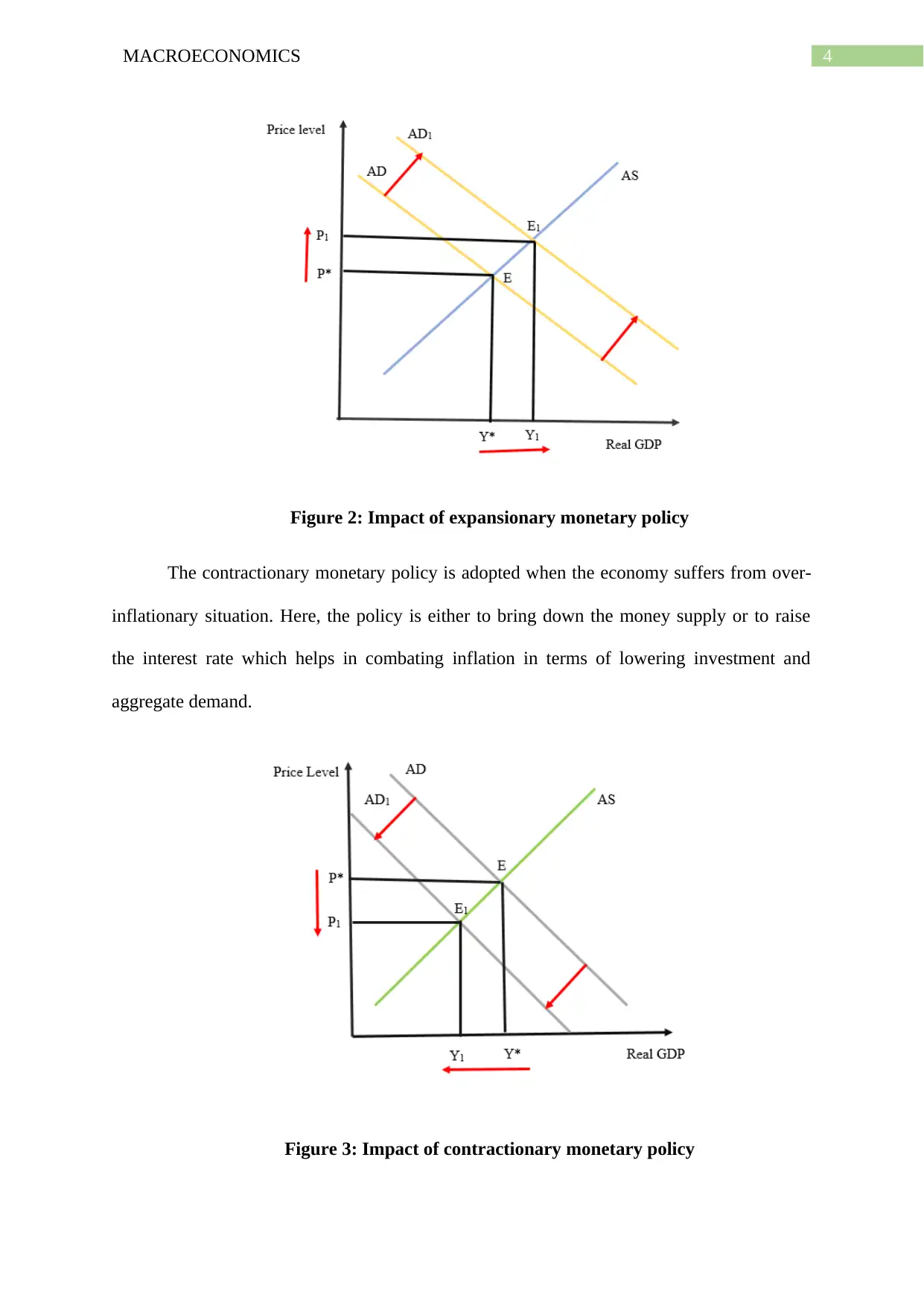






![[object Object]](/_next/static/media/star-bottom.7253800d.svg)